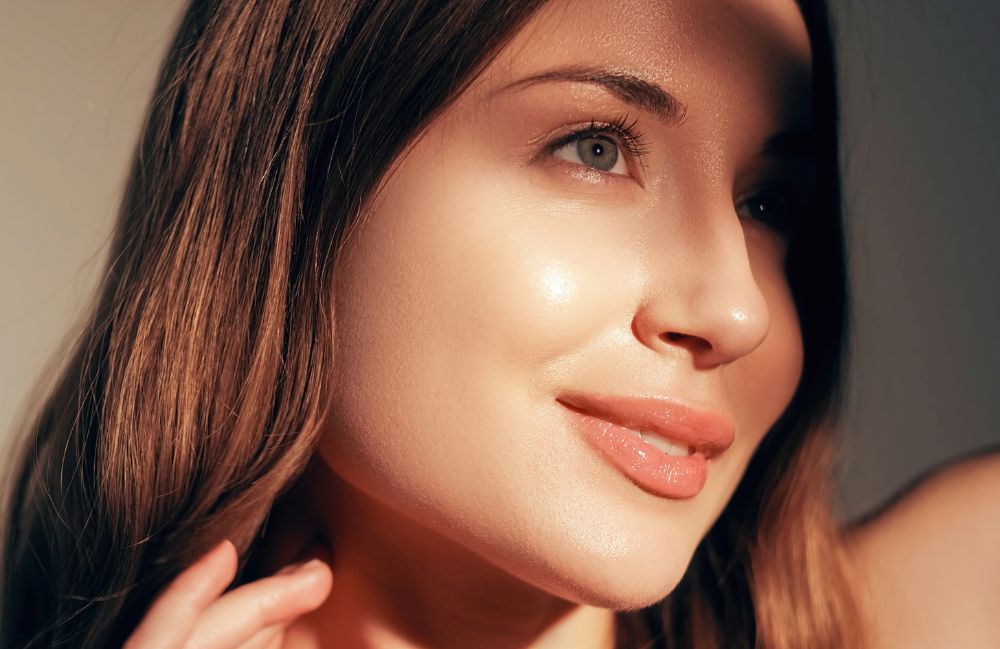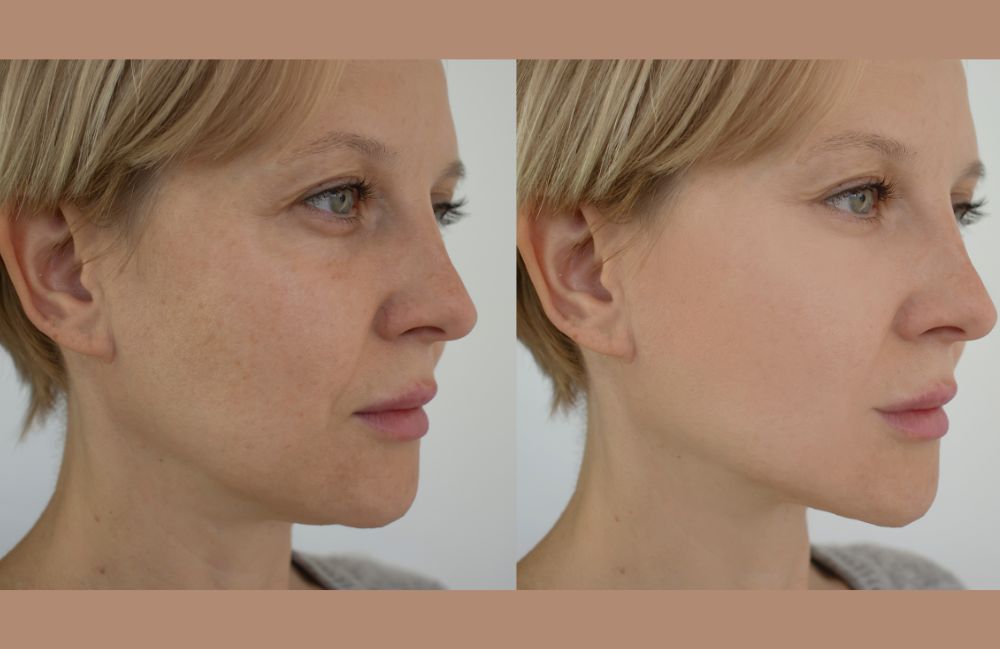
What Are Sunspots?
Sunspots are a form of hyperpigmentation triggered by prolonged exposure to UV rays. These dark spots typically appear after years of cumulative sun damage and are more frequent in adults over 40, but they can also occur earlier in individuals who spend a lot of time outdoors. Unlike freckles, which often fade over time or in winter months, sunspots tend to remain and may darken further without treatment.
What Causes Sunspots?
The primary culprit behind sunspots is ultraviolet radiation. UV exposure speeds up melanin production—the pigment responsible for your skin’s color—leading to patchy, uneven pigmentation. Common contributing factors include:
- Aging – As we get older, our skin becomes less efficient at repairing UV-induced damage, allowing pigmentation issues to surface more prominently.
- Skin Tone – People with lighter skin are more prone to visible pigmentation irregularities caused by sun exposure.
- Genetics – A family history of hyperpigmentation or sunspots can increase your chances of developing them.
Treatment Options for Sunspots in Pasadena
At Metropolis Dermatology in Pasadena, we offer a variety of evidence-based treatment options to reduce sunspots and help your skin appear smoother and more radiant.
Chemical Peels (Skin Exfoliation & Brightening)
Chemical peels use active exfoliants to gently slough away damaged outer skin layers, helping reduce pigmentation and stimulate cell turnover. Light peels can fade mild discoloration, while deeper peels are better suited for more stubborn sunspots. Results are progressive and typically improve over a series of treatments.
Cryotherapy (Cold-Triggered Spot Removal)
Cryotherapy uses liquid nitrogen to freeze targeted sunspots. As the treated area heals, the darkened skin flakes off, making room for clearer skin underneath. This method is often used for single or scattered spots and is quick with minimal downtime.
Laser Therapy (Precision Pigment Removal)
Laser treatments are highly effective for targeting excess melanin and achieving long-lasting clarity. We offer multiple laser options tailored to different skin tones and degrees of sun damage:
-
Clarity II – This dual-wavelength laser targets brown spots with precision while evening out your skin tone. It’s ideal for treating mild to moderate pigmentation issues.
-
Alma Hybrid CO2 Fractional Laser – A cutting-edge laser that combines ablative and non-ablative technologies, it resurfaces the skin while breaking up pigmentation and stimulating renewal for enhanced texture and tone.
-
DermaV – A versatile vascular and pigmentation laser, DermaV treats both sunspots and redness, making it a great choice for those with multiple discoloration concerns.
Cryotherapy (Cold-Triggered Spot Removal)
Cryotherapy uses liquid nitrogen to freeze targeted sunspots. As the treated area heals, the darkened skin flakes off, making room for clearer skin underneath. This method is often used for single or scattered spots and is quick with minimal downtime.

FAQs
Are sunspots different from freckles?
Yes. Freckles are usually genetic and can fade with limited sun exposure, while sunspots are caused by cumulative UV damage and tend to be permanent unless treated.
Can sunspots develop into skin cancer?
Sunspots themselves are benign, but extensive sun exposure raises your overall skin cancer risk. Any new or changing spots should be evaluated by a dermatologist.
What’s the most effective way to remove sunspots?
Professional treatments like laser therapy, chemical peels, and cryotherapy tend to produce the most visible and lasting results. Your provider will recommend the most appropriate solution based on your skin type and sun damage severity.
How soon can I expect results?
Some treatments deliver noticeable results within a few weeks, while others—like chemical peels and laser treatments—may require multiple sessions for full improvement.
Can I treat sunspots at home?
While OTC skincare with ingredients like retinol, vitamin C, or hydroquinone may provide some improvement, professional treatments are generally faster and more effective, especially for more prominent sunspots.
Will sunspots come back after treatment?
Successfully treated sunspots may not return, but without sun protection, new ones can form. Daily use of a broad-spectrum sunscreen helps preserve your results and prevent future pigmentation.
What kind of sunscreen helps prevent sunspots?
Choose a broad-spectrum SPF 30 or higher. Sunscreens with zinc oxide, titanium dioxide, or antioxidant-rich formulas (like vitamin C) provide added protection against UV-related pigmentation.
Hear from
Real Patients

Reveal Clearer, Brighter Skin with Sunspot Removal
If you’re looking to reduce sunspots and prevent further UV damage, our expert team offers a range of advanced treatments to restore your skin’s natural radiance. From precision laser therapy to rejuvenating chemical peels and cryotherapy, we’ll tailor a plan based on your unique skin needs.
Schedule a consultation with Metropolis Dermatology in Pasadena, CA, to discover which sunspot removal treatment is right for you.
